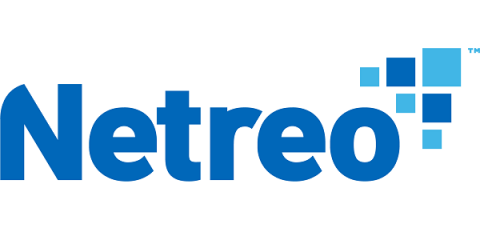Operations | Monitoring | ITSM | DevOps | Cloud
Latest News
GitKraken v7.7: Git for Teams
Get ready to collaborate with your team on a whole new level. While Git is amazing at tracking changes over time and giving us insight into the past, it’s not so great at helping you see what changes others are currently making or who is assigned to work on what parts of the code on any given project. Wouldn’t it be great to get better insight into what others on your team are actively working on, without ever switching applications? We could not agree more! Announcing GitKraken v7.7.
Hybrid Cloud Monitoring in Depth
Nowadays, monitoring is very important. Why is that? Because applications become more and more complicated. But not only applications—infrastructure becomes complicated too. Some companies are moving to the cloud; others are building hybrid infrastructure. And if some pieces of infrastructure are in the cloud while others are on-premises, this creates even more unclarity on how to get an overview of the infrastructure as a whole.
The 7 Steps to Creating and Refining a Cloud Migration Strategy
For a successful cloud migration, creating (and later refining), a cloud migration strategy tailored to your organization’s goals, available resources, workloads, and priorities is an absolute necessity. So here, we’ll take a look at a simple list of the areas you’ll need to quantify and understand to build that strategy and then improve it as you move forward through the cloud migration process.
Ubuntu becomes #1 OS for OpenStack deployment
One of the core values of Canonical, that we all identify with, is the mission of bringing the power of open source to everyone on the planet. From developing to developed countries. From individuals to big enterprises. From engineers to CEOs. And there is only one way to find out if we are efficient in what we do. This is community feedback. It is no different this time.
Save up to 90% on Spinnaker-deployed applications costs using Spot's Elastigroup integration
Spinnaker is an open source multi-cloud continuous delivery platform for releasing software changes with high velocity and confidence. It is a leading CI/CD tool and provides core feature sets for cluster and deployment management. Created by Netflix and Google, it combines a powerful and flexible pipeline management system with integrations to the major cloud providers. As Spinnaker developed new features and integrations, many of Spot by NetApp customers adopted it as part of their DevOps stack.
Why should my business consider private and direct connections to Tencent Cloud?
Boost your skills with Puppet Practice Labs
Puppet products and solutions are designed to make your work day easier—and learning how to use them should be just as easy. That's why we’re excited to launch Puppet Practice Labs—hands-on, always accessible, browser-based tutorials that make it simpler than ever to explore automating and managing your infrastructure and application workflow with Puppet.
Environment variables and Secrets for Qovery v2 released
I am super excited to announce that we released the support of Environment Variables and Secrets. Watch the video to see those features in action. Environment Variables and Secrets are similar. The main difference is that the Secrets are encrypted and the value can’t be revealed. Both are injected at the build and runtime of your applications. Give it a try now! Resources: I am eager to have your feedback. Put a comment here.
Self-hosting vs Managed Services: Deciding how to host your database
Like all good things in infrastructure, picking whether or not to self-host your database is full of trade-offs. On the one hand, you have the absolute freedom to do whatever it is you want with your database - whether it's adding a useful Postgres extension, or experimenting with new technologies. On the other hand, you now have to dedicate resources to keeping your database reliably online.











